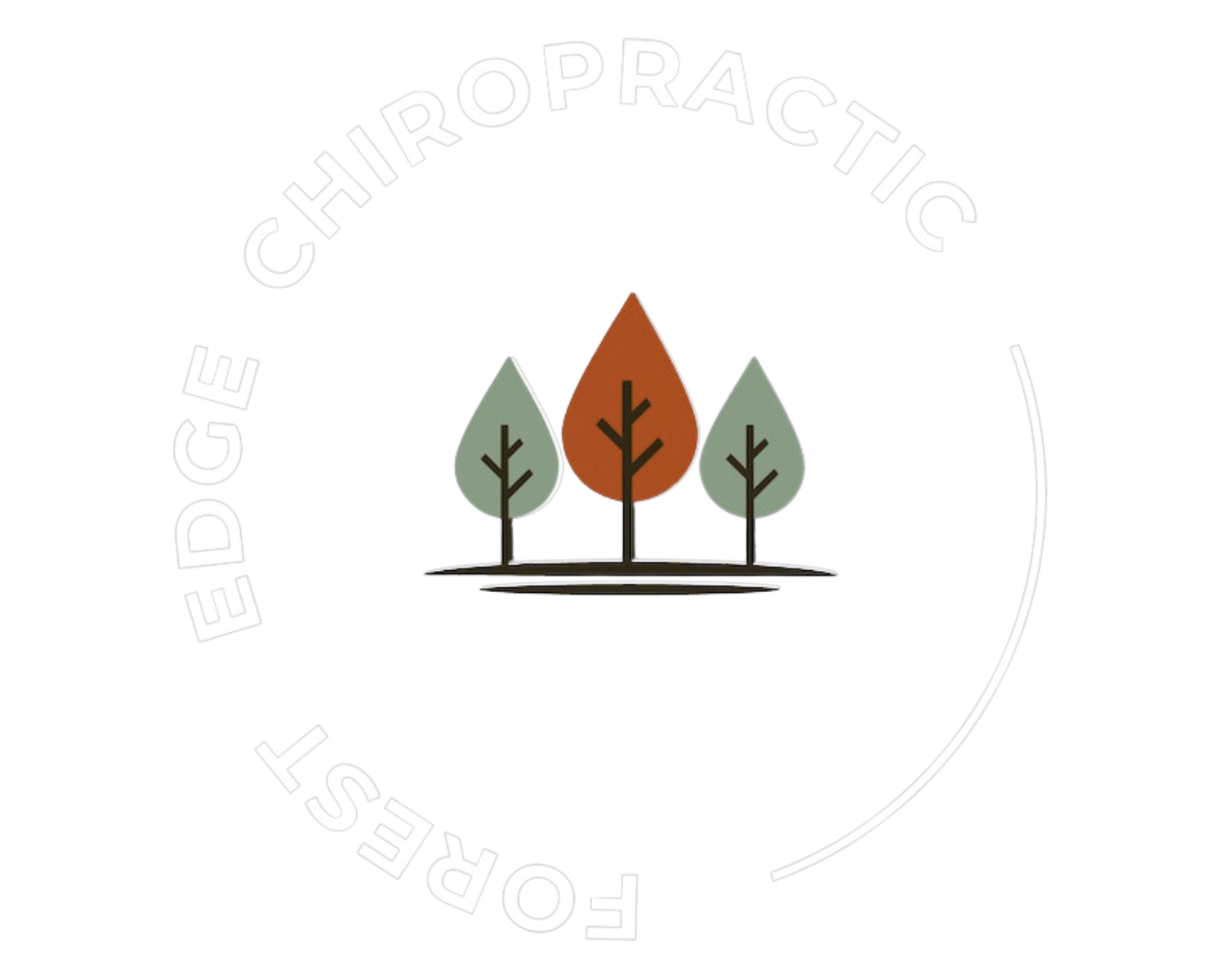A balancing act
One issue I hear a lot when I meet someone for the first time is that they feel unsteady, or that their balance has got worse since they’ve been in pain. I always get asked “could those things be related”? And the answer is yes, absolutely! So this month, let’s look at how balance is regulated in our body, and what you can do to improve it.
Balance is something most of us take for granted. Whether we’re standing still, walking on uneven ground, or reaching for something on a high shelf, our ability to stay upright and steady depends on a very cleverly coordinated system, involving proprioception, the vestibular system, and vision. Let’s look at each of these systems invidually.
Proprioception is like the body’s internal feedback mechanism. It tells the brain where our limbs are in space without us needing to look. Tiny receptors in our muscles, joints, and tendons are constantly sending information back to our brain to tell us where our limbs are, and helping us react and adjust when, for example, the ground becomes uneven, or you start to tilt or sway.
The vestibular system, which is tucked away in the inner ear, is also involved. It senses motion and changes in the position of our head, letting our brain know which way is up and helping us stay oriented. It also works closely with our eyes, allowing us to keep our gaze steady even when we move.
Vision, of course, gives us crucial feedback about our environment - how far away things are, whether the ground is level, or if there is something on the ground we need to avoid. These messages are sent back to specialised areas of the brain, which co-ordinate with both the proprioceptive and vestibular systems, but also our motor system, which controls our musculoskeletal system, and allows our brain to make quick changes, depending on the feedback it receives.
When everything is working well, we don’t notice these systems at all. But spinal pain can affect how well these systems work, which can lead to us feeling off balance. For example, when we get lower back pain, it can cause spasm in the small stabilising muscles along the spine . This can affect how efficient the proprioceptive feedback from this area is.
Pain in the neck can be especially disruptive because the neck plays a key role in head and eye coordination. When the muscles and joints in the neck aren’t functioning well, it can lead to unsteadiness, and affect your balance.
So - what should you do if your balance feels off, and you’re in pain? Well first, get the pain sorted! Treatment can help, as can regular (daily) stretching to keep the muscles working as effectively as possible.
The one exercise I usually recommend to help your proprioceptive system, is standing on one leg. No, that’s not a joke! It really makes your proprioceptive system work hard, and makes your brain listen to it! In bare feet, on a solid, level surface, stand near something solid which you can hold if you feel wobbly. Slowly lift one foot off the floor, and stand on one leg. You should be able to stand still, with very minor wobbling, for 30 seconds. When I say minor, I mean minor! Your feet and toes will shift a little, to improve your balance, but your body and arms should remain upright and still, not waving about all over the place! Repeat on the other side. It’s normal to be more wobbly on one side than the other. Old injuries such as ankle sprains, or knee ligament injuries will affect your proprioception, which usually explains differing abilities side to side. Practice this daily.
Once you can do 30 seconds with your eyes open, you can aim for 15 seconds with your eyes closed. But PLEASE - make sure you’re in a safe space when you do this! Dont do it at the top of the stairs, and always have something nearby you can hold if you feel wobbly! Again, you should aim to stand fairly still while your eyes are closed.
If you’re getting dizzy which is leading to balance issues, please come and see me. This is often mild and fixable, but is different from just feeling a bit unsteady when your back is very bad.
